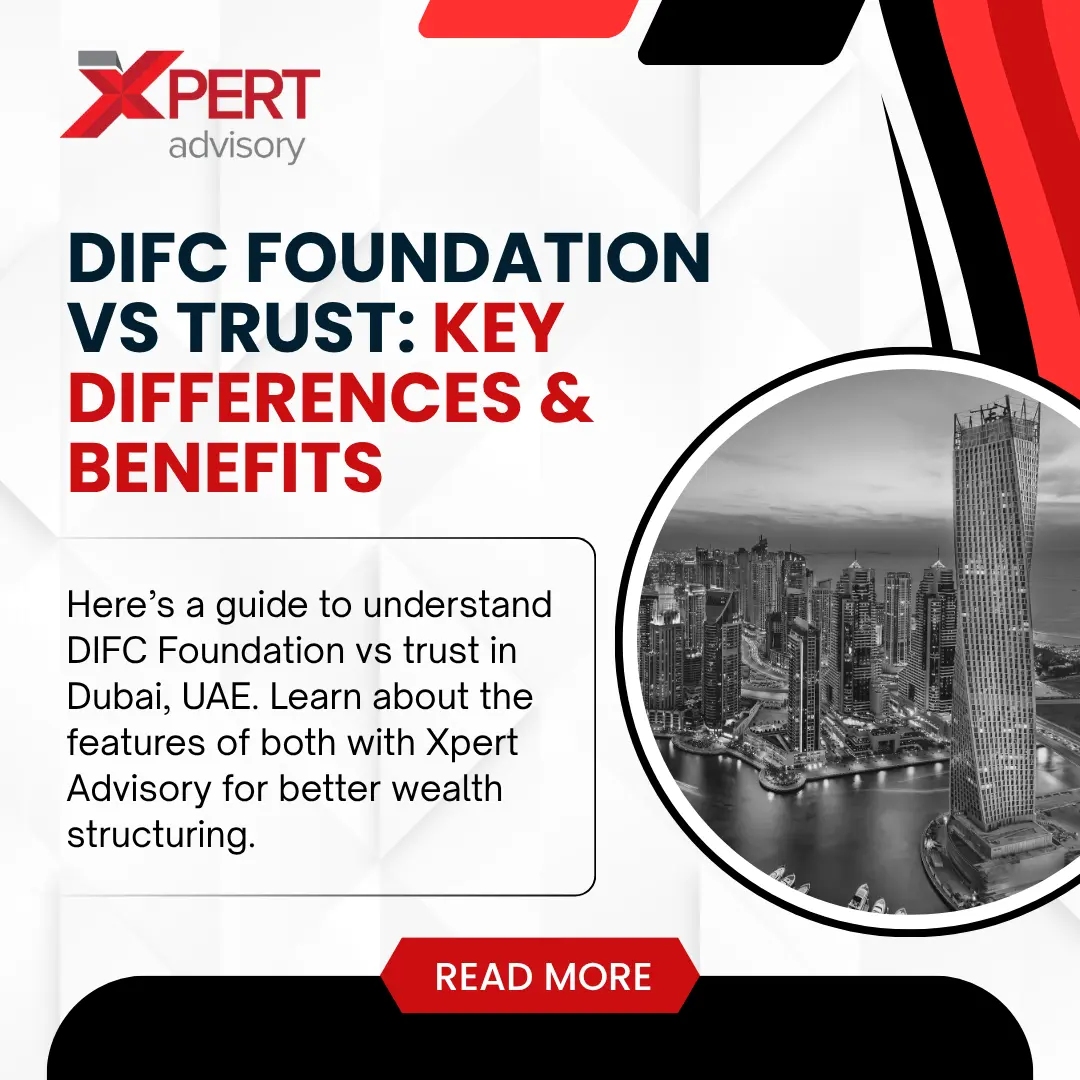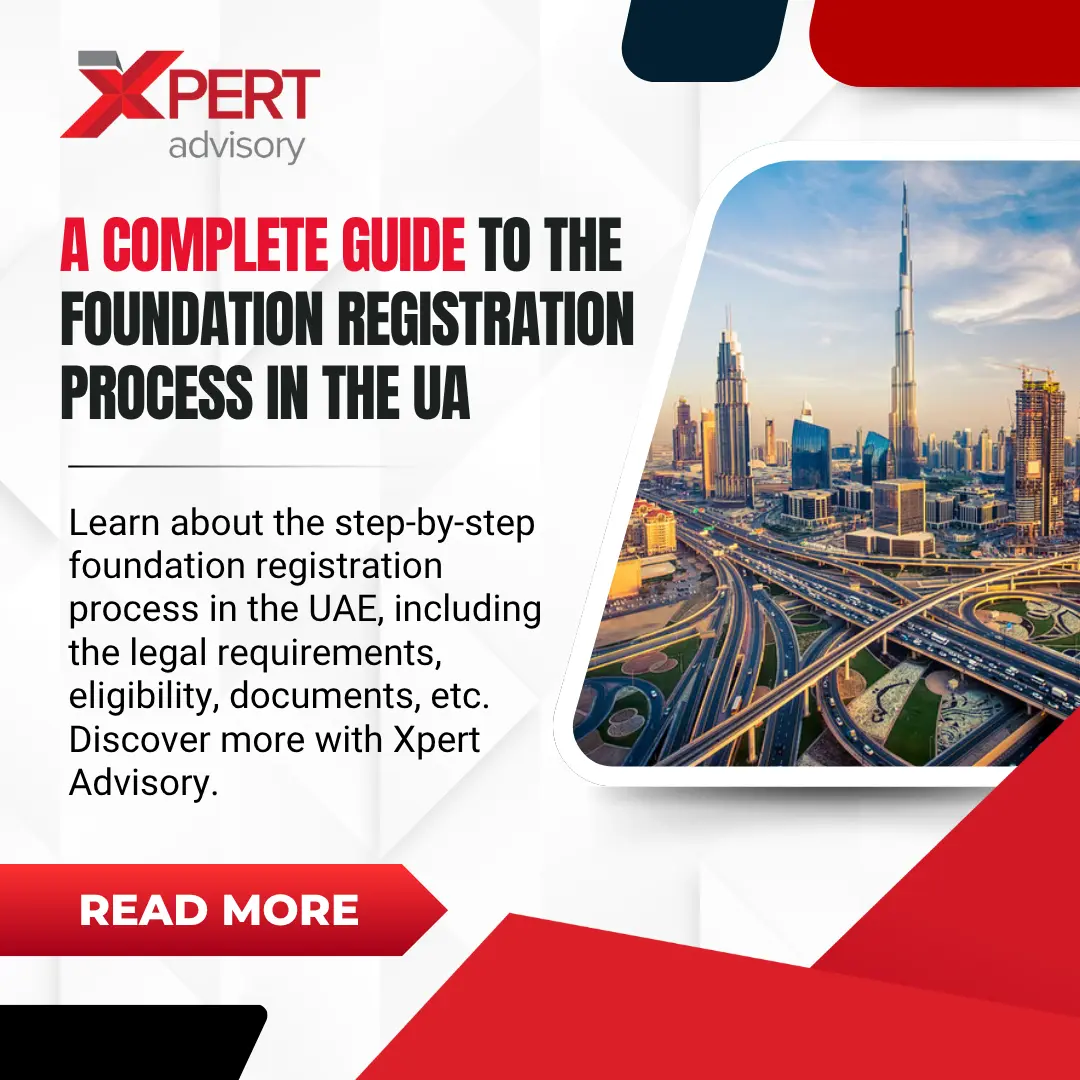The intersection between money laundering and fraud activities creates joint responsibilities for anti-fraud and AML professionals in regulatory and criminal settings. Both departments follow unique operational routes based on their distinct objectives but share substantial functional connections. So, in this guide, we’ll unravel the distinction between fraud vs money laundering and anti-fraud measures for stronger financial security systems.
What is Fraud?

Fraud risk refers to intentional deception for personal or financial gain. Deception leads people, businesses, and financial institutions towards obtaining illegal money, property or services by distortion. Various types exist under the category of fraud department, which include:
- Detectors of identity theft use stolen individual information to obtain access to financial accounts.
- Another individual’s unauthorised utilisation of credit card data constitutes credit card fraud.
- People who file untrue insurance claims to get payouts commit insurance fraud.
- Security investors face harm when manipulators modify stock valuation or deceive them through deceptive practices.
- Ponzi schemes function by redirecting money from new investors to previous investors to sustain the fraudulent financial structure.
The main purpose of fraud involves targeting an individual victim to steal their valuable assets or funding dishonestly.
Legal Consequences of Fraud
Jurisdictions worldwide consider fraud a criminal offence that results in monetary fines, compensation payments, and jail-time penalties. The degree of legal punishment depends on these key elements:
- The amount of money involved
- The number of victims affected
- An organised scheme involvement serves as one possible indicator that constitutes fraudulent activity.
The FBI, CBUAE, and FinCEN act as authorities in conducting investigations of fraud cases.
What is Money Laundering?
Money laundering allows launderers to hide the source of criminal funds and create a fake legal appearance of the assets. Engaging in money laundering and terrorist financing helps criminals enter criminal funds into the legitimate financial system without exposure from law enforcement. Money laundering consists of three standard phases.
- Placement – People who plan to launder money will put their funds into bank accounts through placement activities.
- Layering – Criminals accomplish source distortion through multiple transaction routes, starting from wire transfers and ending at offshore accounts.
- Integration – Integration phase of money laundering involves suspicious transactions funded by clean money through purchasing reputational real estate investments.
Money laundering scams aim to convert illicit funds into the legitimate income suitable for legal use despite lacking direct victims like victims in fraud cases. Thus, money laundering deals target illegally obtained funds from criminal operations, including drug trafficking, organised crime and corruption.
Legal Consequences of Money Laundering
The criminal act of money laundering holds major financial status, creating worldwide legal repercussions. Celestial bodies, such as governments and financial regulatory bodies, enforce strict anti-money laundering (AML) laws to ensure compliance and stop these financial activities. Convicted offenders may face:
- Lengthy prison sentences
- Seizure of assets
- Heavy fines
- Sanctions from financial regulators
International organisations like the Financial Action Task Force (FATF) work with national agencies such as CBUAE to fight money laundering and other investment scams.
Anti-Fraud vs Anti-Money Laundering Products
Below, we’ll examine two solution types: anti-fraud and anti-money laundering systems:
Anti-Fraud Solutions
Many financial institutions use anti-fraud products to detect and stop fraudulent activities using automated data analytics with AI systems and continuous surveillance. These solutions detect weird transactions by recognising behavioural patterns and notify security teams to safeguard finances. Key features of anti-fraud efforts include:
- The system actively checks transactions to detect any suspected fraud.
- Machine learning technology identifies a high number of false positives through its anomaly detection methodology.
- Identity verification systems and authentication methods work to stop identity theft incidents.
Anti-Money Laundering (AML) Solutions

Anti-money laundering departments work to discover money laundering activities along with their prevention measures for financial platform protection. Moreover, analysing big financial data helps detect suspicious activities while supporting the detection of red flags needed to fulfil Know Your Customer (KYC) and Suspicious Activity Reporting (SAR) regulatory requirements. Key features include:
- The system uses transaction monitoring capabilities to watch for money laundering signs that appear in suspicious patterns.
- The system evaluates customers through risk analysis and behavioural profiling methods.
- AML reporting compliance tools to help organisations fulfil their statutory reporting duties.
Businesses use AML and anti-fraud departments to create a more efficient response against these types of crime. The collaborative efforts between departments allow them to explore criminal threats from different angles and optimise their unified compliance response. However, collaboration between fraud and AML departments requires regular meetings between groups and human expertise to prevent compliance failures in an advanced regulatory scene.
Difference Between Fraud and Money Laundering Financial Crimes
Fraud vs money laundering share distinct differences in their operational characteristics:
- Fraud is a crime that occurs when a perpetrator deceives people or organisations to obtain unauthorised financial assets through deception. People use money laundering to conceal the roots of crime-based funds by executing numerous financial operations to hide their source.
- The goal of the fraud side is to gain money dishonestly, yet money laundering targets the cleaning of criminal profits. Fraud directly harms concrete victims since it results in financial losses to individuals or businesses, although money laundering only impacts financial systems without a defined personal victim.
- The criminal penalties for fraud include fines alongside imprisonment and asset confiscation. In contrast, money laundering penalties extend beyond imprisonment to include substantial confinement because of its links to organised criminal activities.
Comparison Chart: Fraud vs Laundering Crime

Here’s a comparative table highlighting the key differences between fraud and money laundering:
| Aspect | Fraud | Money Laundering |
| Definition | Intentional deception to secure unlawful financial gain or cause harm to others. | Process of disguising the origins of illegally obtained funds to make them appear legitimate. |
| Primary Objective | Obtain immediate monetary benefit through deceitful practices. | Conceal the illicit origin of funds to integrate them into the legitimate financial system. |
| Common Methods | Identity theft, credit card fraud, investment scams, embezzlement. | Structuring (smurfing), shell companies, layering transactions, offshore accounts. |
| Stages Involved | Typically a single act or a series of deceptive acts leading directly to financial gain. | Involves three stages: Placement (introducing illicit funds into the system), Layering (obscuring the source through complex transactions), Integration (reintroducing funds as legitimate). |
| Legal Focus | Prosecution centers on the act of deception and the immediate unlawful gain. | Legal efforts focus on tracking the flow of illicit funds and proving the intent to legitimize illegal proceeds. |
Final Words
As you can see, the criminal objectives of fraud vs money laundering differ even though they share common characteristics. When criminals seek to obtain money illegally, the activity is classified as fraud, yet money laundering involves hiding profits from illegal activities. Financial institutions receive better protection against these dangers through AI-driven anti-fraud and AML solutions, as these crimes present substantial legal and economic risks to targets. Moreover, institutions must enhance regulatory adherence and select sophisticated detection instruments to stop financial crimes properly.
Does your organisation have the capability to address fraud or money laundering threats? Xpert Advisory offers innovative AML services to maintain compliance, spot irregular transactions, and control potential threats. Our experts use AI analytics while monitoring in real-time and applying regulatory knowledge to protect your business against money laundering dangers. So, contact us now to protect your business against financial crimes.
FAQs
What is the Difference Between Wire Fraud and Money Laundering?
Wire fraud involves using electronic communication to conduct financial fraud schemes. Small-scale phishing emails and major crimes like money laundering fall under wire fraud. Wire fraud describes the method of fraudulent activity, while bank fraud describes the target of fraud.
Does Money Laundering Qualify as Fraud or Corruption?
Money laundering represents the illegal system of hiding criminal funds obtained from such sources as drug trafficking along with underground sex work terrorism, corruption, embezzlement and treason before turning the tainted money into seemingly genuine channels through front companies.






